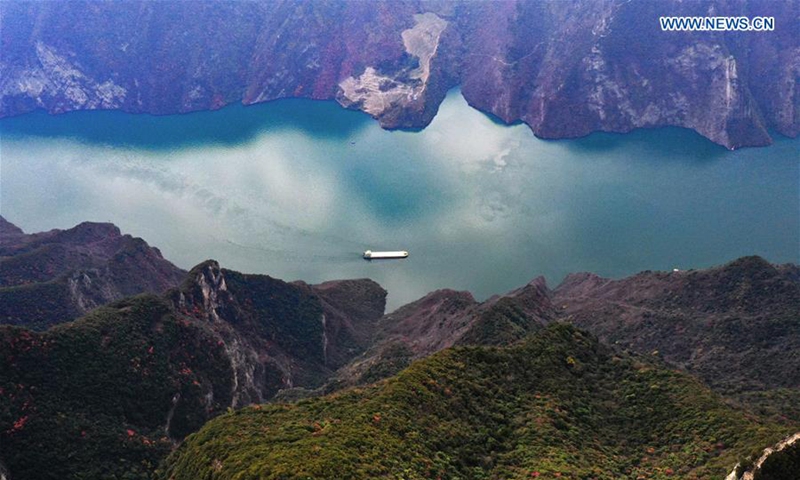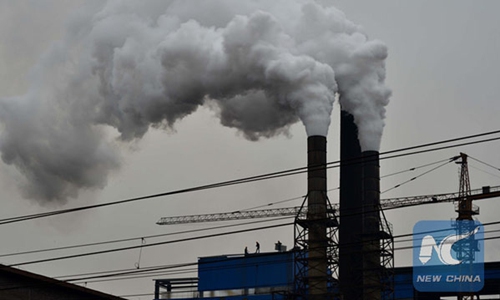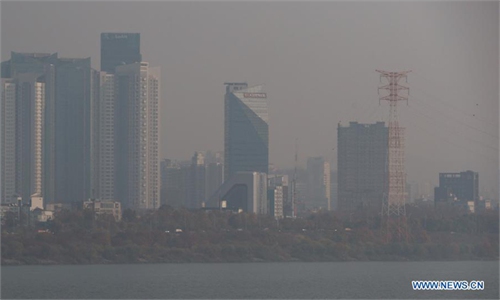Environmental authority urges local governments to handle thallium pollution in Yangtze River upper stream, ensuring drinking water safety

Aerial photo taken on Dec. 27, 2019 shows the scenery of Qutang Gorge, one of the Three Gorges on the Yangtze River, in southwest China's Chongqing Municipality. (Xinhua/Wang Quanchao)
China's top environment authority has found that several metallurgical plants are responsible for the thallium pollution in the upper stream of the Yangtze River. The authority urged local governments to solve the pollution problem and ensure the safety of drinking water for local residents.
An investigation found that the thallium pollutants came from two branches of Jialing river, a major branch of the upper stream of the Yangtze River. Two metallurgical plants - one in Northwest China's Gansu Province and another in Shaaxi Province - are responsible for the pollution, said Liu Youbin, spokesperson of the Ministry of Ecology and Environment, at a monthly press conference on Thursday.
Local environmental department has ordered the involved companies to cut the release of the polluted water.
The ministry will direct local departments of Gansu, Shaanxi and Sichuan provinces to dispose the polluted water and ensure drinking water safety. Meanwhile, the ministry will further investigate and evaluate the event's damage to the environment, said Liu.
Monitoring statistics at 19:00 pm on January 20 showed that the Jialing river water entering Sichuan had excessive level of thallium. Liu said that after receiving the report, the ministry launched an emergency response immediately and started to investigate the source of the pollution.
The water qualities of the two branches have been restored to the standard level.
Thallium can affect the human nervous system, lung, heart, liver, and kidney if large amounts are eaten or drunk in a short time. In 1994, Zhu Ling, a Peking University student, was poisoned with thallium and nearly killed. The case shocked the country at the time and remains unsolved.




